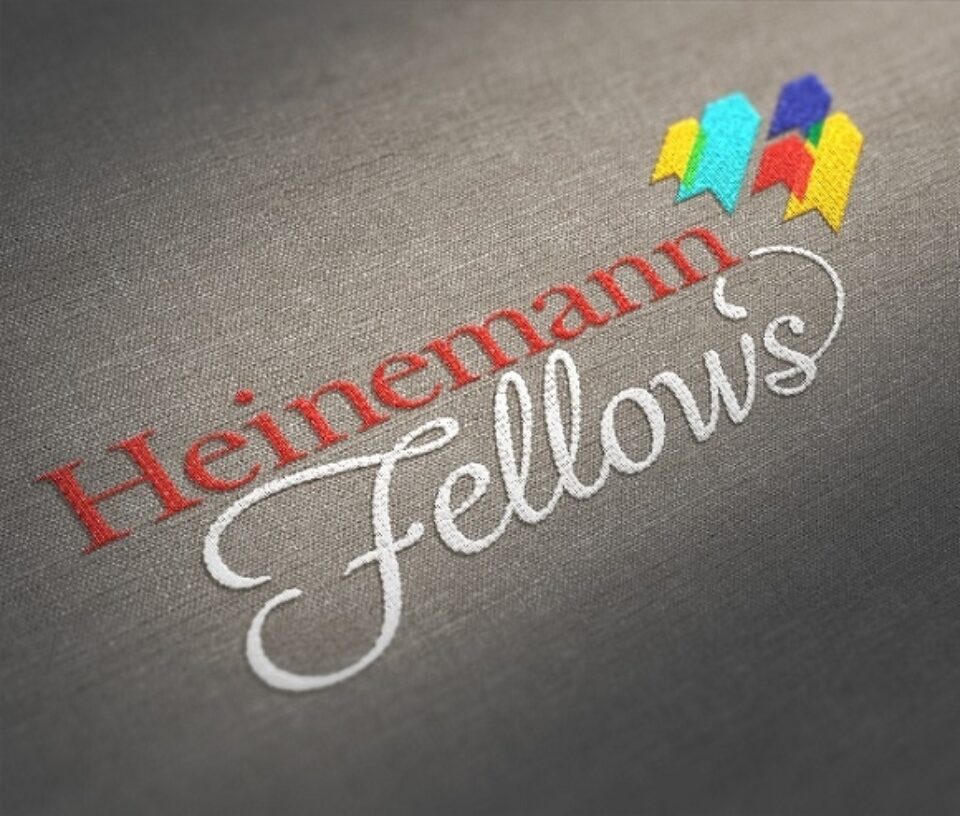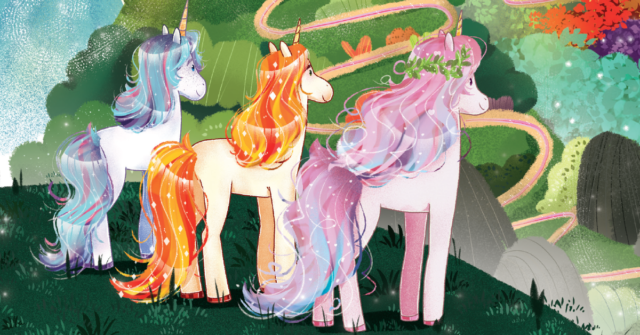
In 2009, I interviewed for the PA Writing and Literature Project (PAWLP) Summer Institute. During the interview, Deb Dinsmore, one of the institute facilitators, asked me something that I have never forgotten:
“How do you teach reading?”
How do I teach reading? I wasn’t sure how to answer. What do you mean: “How do I teach reading?” After all, I taught high school. I taught novels—classics like Hamlet and The Scarlet Letter. I loved books, and I wanted my students to love books, too. But I never thought of myself as a reading teacher. Teaching reading was something that reading specialists and my elementary school colleagues did. I taught novels. I didn’t teach reading.
I don’t remember exactly how I answered Deb’s question. I think I mumbled something about using study guides.
Around the same time, I was invited to my district’s Language Arts Standing Committee, which gathers K-12 teachers to discuss best practices. I walk away from those committee days in awe of the work that my elementary school colleagues do. Their focus, always, is on how to engage students. In high school, we are always talking content—what to teach. No doubt that content is important, but elementary school teachers have a way—their default, really—of approaching teaching with a highly student-centered approach. Yes, they teach reading, but most of all, they teach kids.
Of course, now I realize that I did and do teach reading. I realized that my role as a teacher is less to teach novels than it is to inspire a lifelong passion for reading. In fact, if you walk into my classroom today, the first thing you’d see is something that you’d find in most elementary schools: a rich classroom library.
Rich classroom libraries are ubiquitous in elementary school classrooms, but they start to disappear in middle school and often cease to exist in high school. The only books you’ll see in a typical high school English classroom are stacks and stacks of assigned novels: the piles of Lord of the Flies, Romeo and Juliets, and Great Gatsbys. As much as I cry at Piggy’s death, root for Romeo and Juliet, and sympathize with Gatsby, I’m not sure how students can walk into a room and be inspired to read if those books are the only books that they see. Students need the wisdom of classics, yes, but they also need books that will speak to them as individuals, and students need opportunities and practice in finding those titles, trying them out, seeing what fits.
So today, my classroom library—1,500 books and counting—is filled with many diverse, high-interest titles. Books with beautiful covers turned outward so that as students’ eyes wander from the teacher—as they often do—their eyes alight upon what could be the book—the book that hooks them. All it takes is one. The moment my students walk into my room, they know that this is a place where we will read: together, individually, side-by-side.
My classroom library has been one of the single most powerful changes to my teaching. While students have dedicated time to read in class, book-talk titles they love, often the most powerful time in my classroom are the “in-between” moments: the five minutes before the bell rings, the two minutes they linger after class, or in those transition moments between activities. In those moments, students borrow books and share titles in whispered conversations. My students are part of an authentic reading community.
Over time, I’ve slowly integrated more elements of reading and writing workshop, staples of elementary language arts instruction. So I started to wonder: what else do elementary school teachers do that I don’t? What other practices do they use to get their kids reading and writing—and in joyous and wonder-filled ways—that I don’t?
As a parent, I’ve watched my own children skip into their elementary schools. At the end of each day when I pick up the boys, they tumble into our minivan with stories: “Mommy, today in school, we…” or “Today, Mrs. So-and-so read us…” Learning is joyful, playful. Too many high school students seem more interested in playing school than actual play—in collecting points, checking off lists, and completing all the tasks that (they think) will get them ready for college but leave them exhausted at best and uninspired at worst. When and why does students’ sense of joy and playfulness end? And more importantly, how can we bring it back?
As I’ve continued my work with the writing project, I have been surrounded by the ideas of my elementary school colleagues in ways that I hadn’t been before, eavesdropping on their conversations, inspired by their energy. Now, as a Heinemann fellow, I’ve decided to research this question:
In what ways can elementary literacy practices be used to further adolescent literacy?
Through visits to elementary classrooms, conversations with teachers, professional readings, and my own action research, I hope to uncover ideas that will engage and inspire the reading and writing lives of the adolescents sitting in my classroom. I’ll share what I learn in the months to come and hope you will join me on this journey.
I’ve realized that the longer I teach, the more I have left to learn. And perhaps a return to kindergarten is exactly where I need to start.
 Tricia has spent the last 15 years as a classroom educator with a student-driven approach to teaching reading and writing. Tricia is also the co-director and teacher-consultant with the Pennsylvania Reading and Literature Project. Over her career, Tricia applies the philosophy of the teacher-as-researcher and best practices to “cultivate independent learners” through independent reading and student choice. She’s also been a thought leader in developing interactive digital methods to support her student’s learning.
Tricia has spent the last 15 years as a classroom educator with a student-driven approach to teaching reading and writing. Tricia is also the co-director and teacher-consultant with the Pennsylvania Reading and Literature Project. Over her career, Tricia applies the philosophy of the teacher-as-researcher and best practices to “cultivate independent learners” through independent reading and student choice. She’s also been a thought leader in developing interactive digital methods to support her student’s learning.


